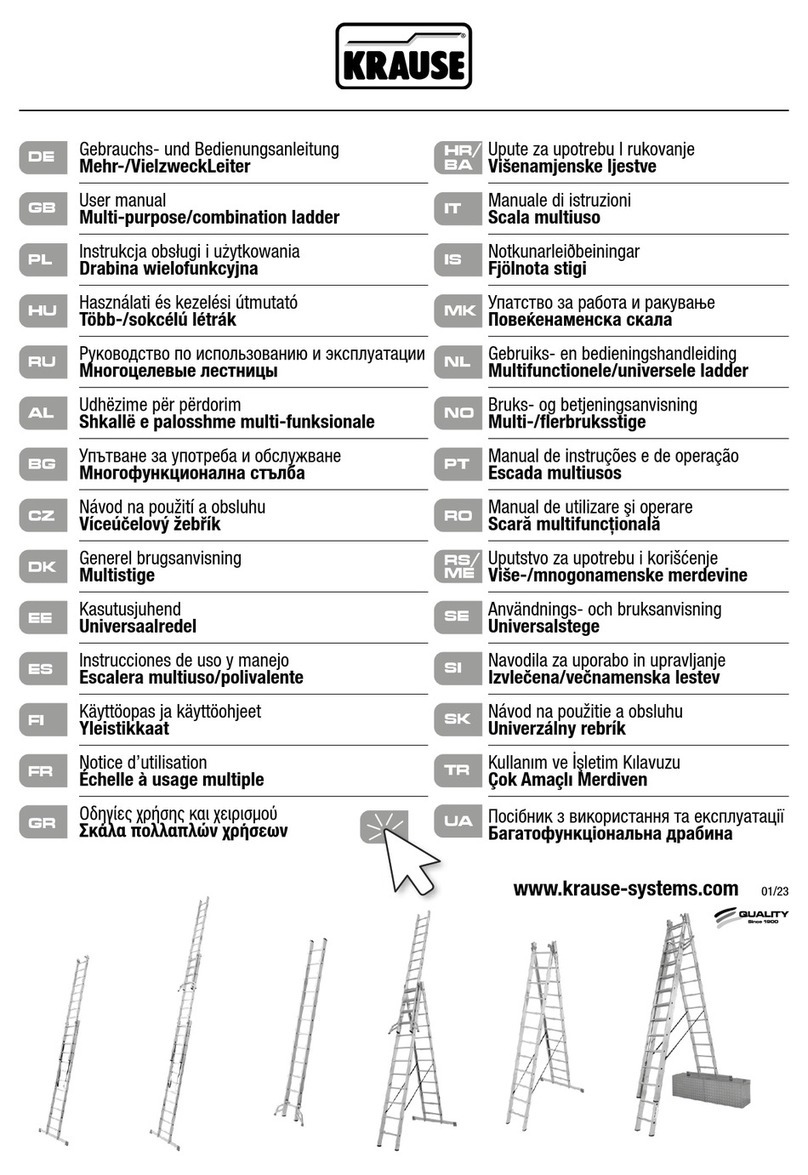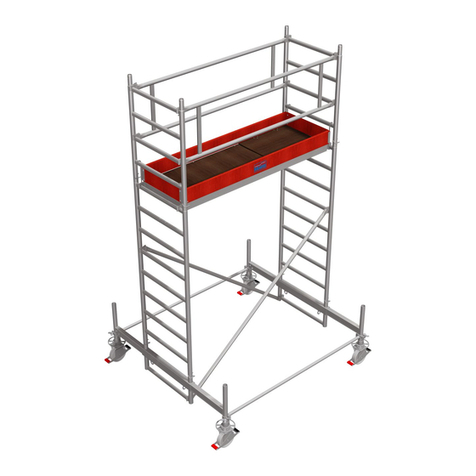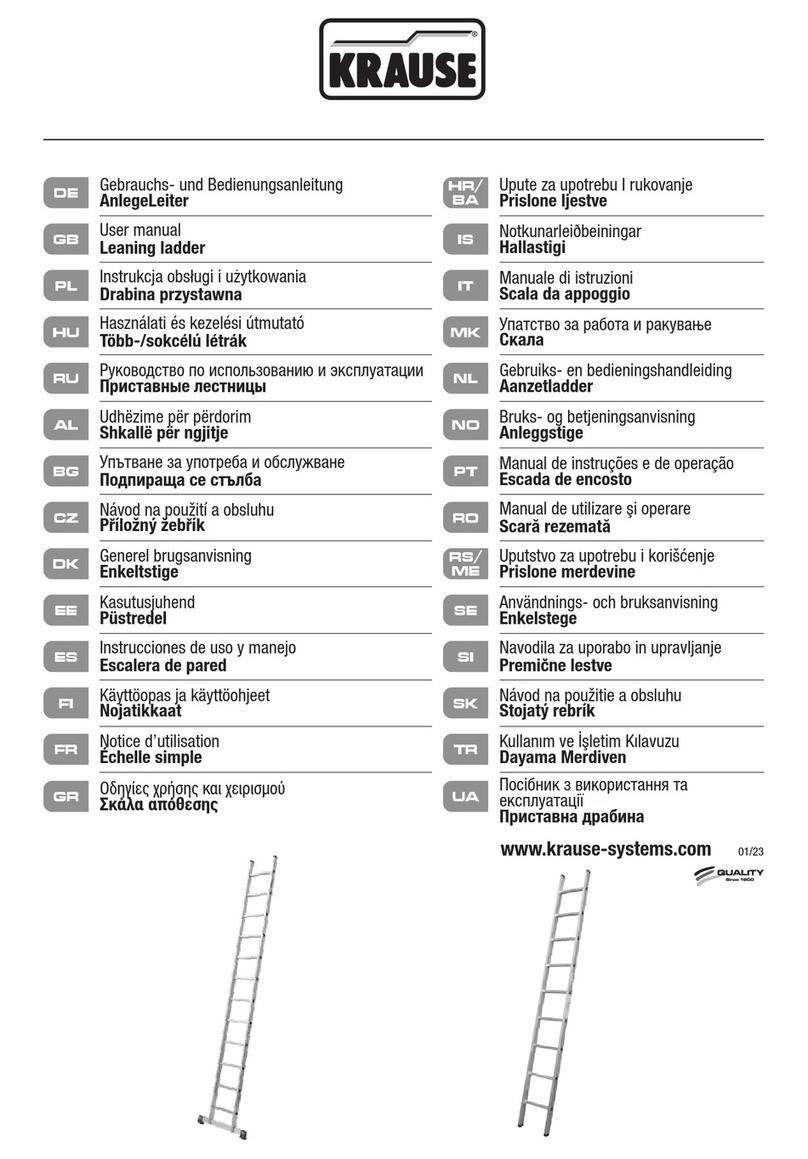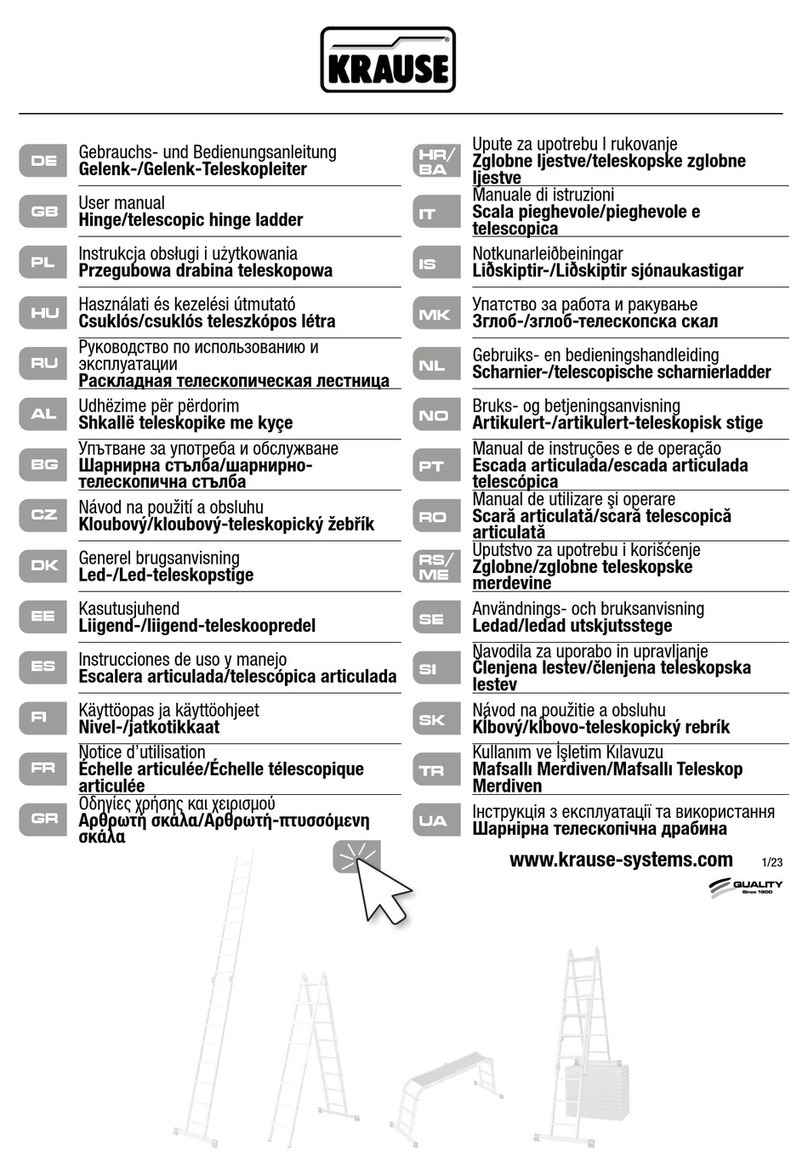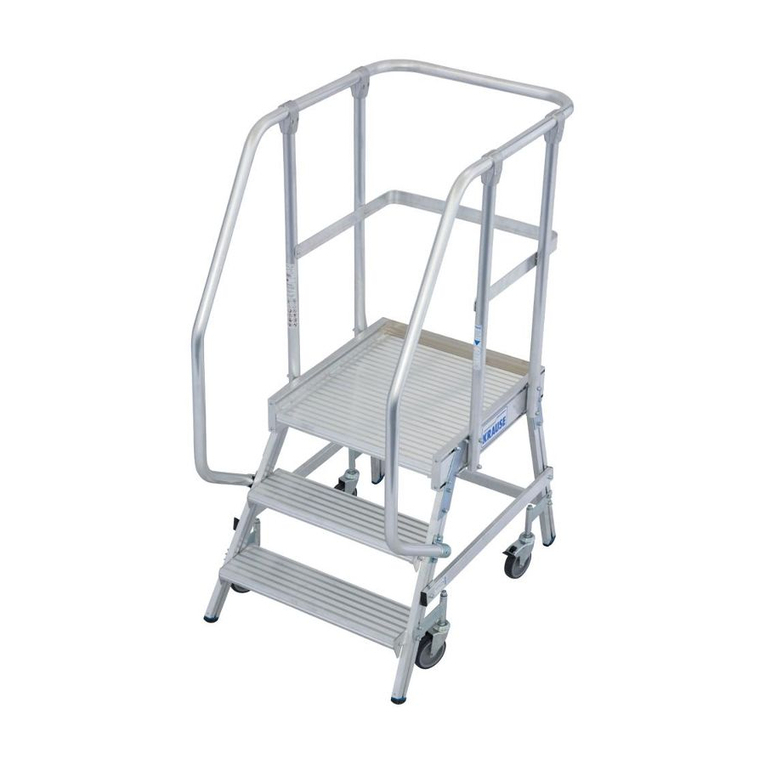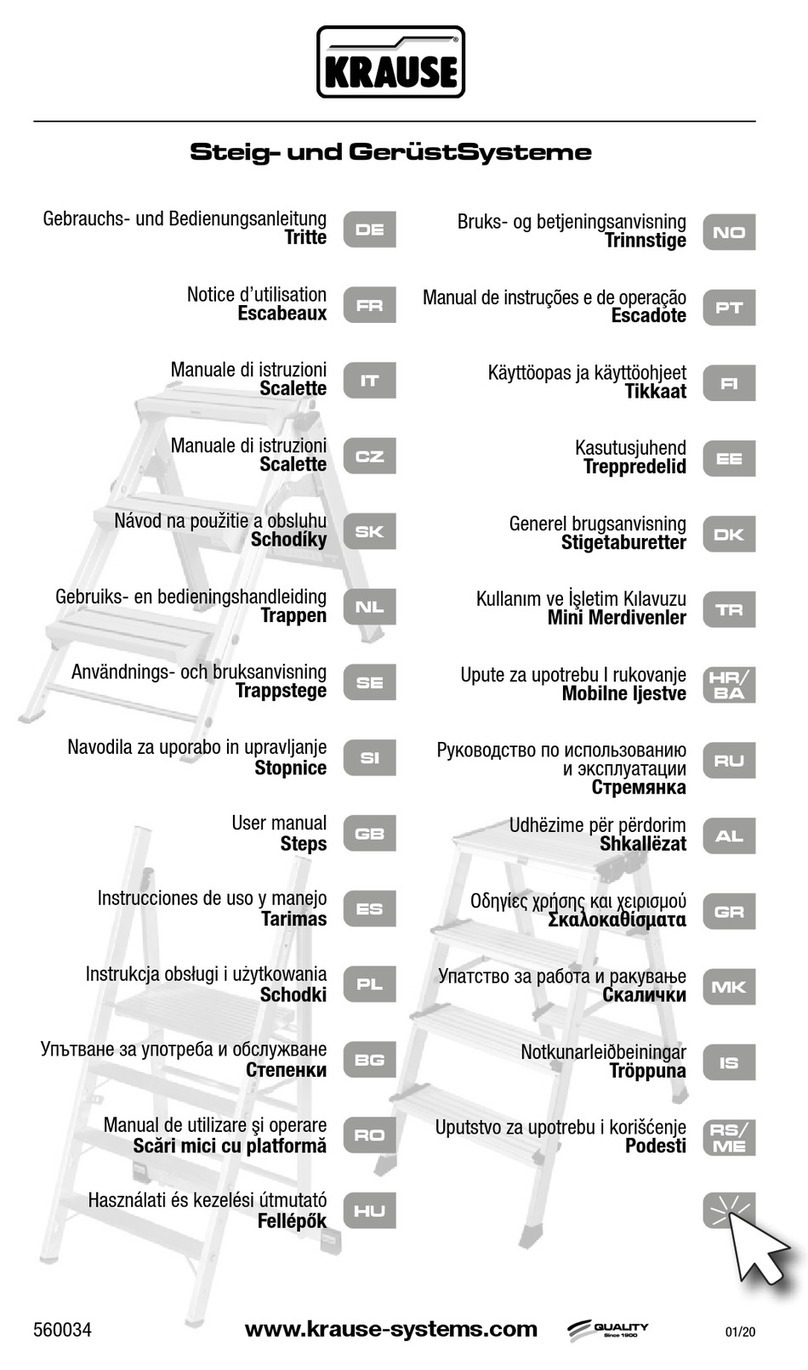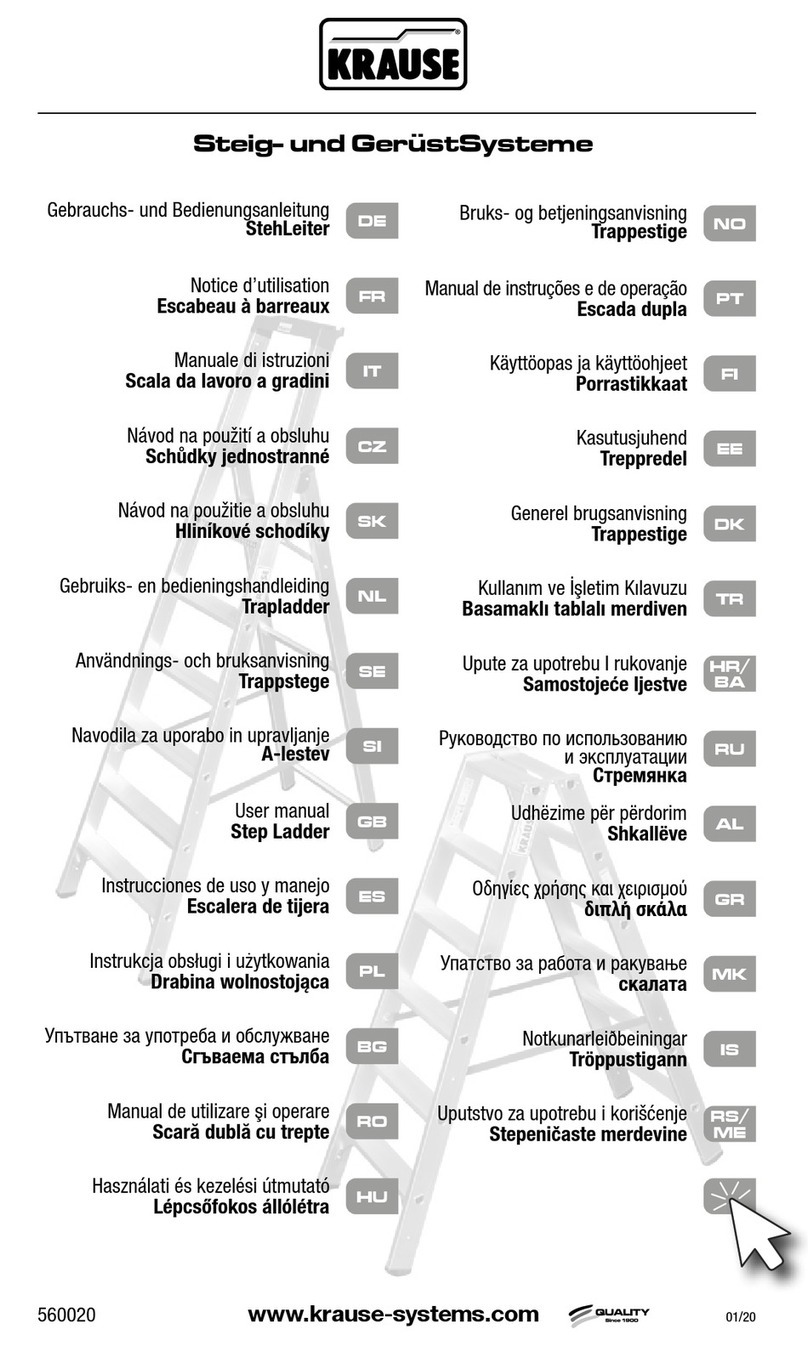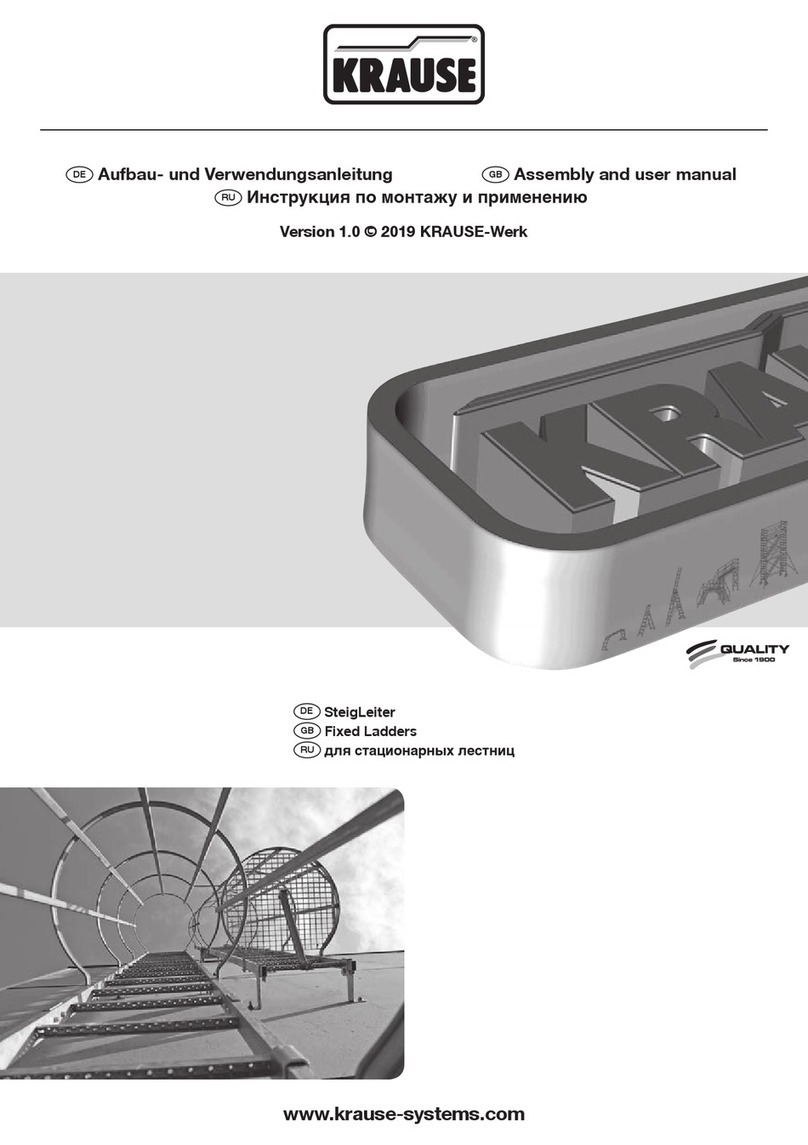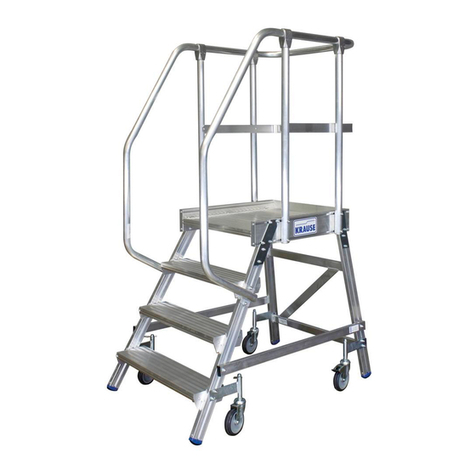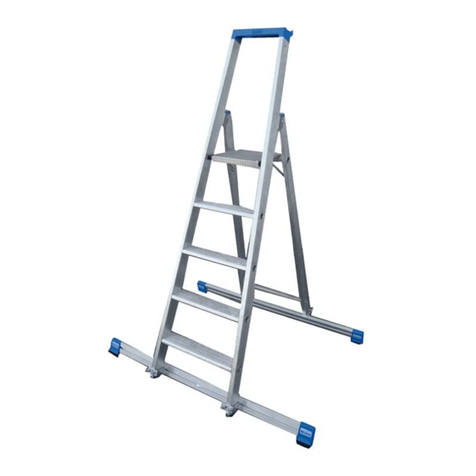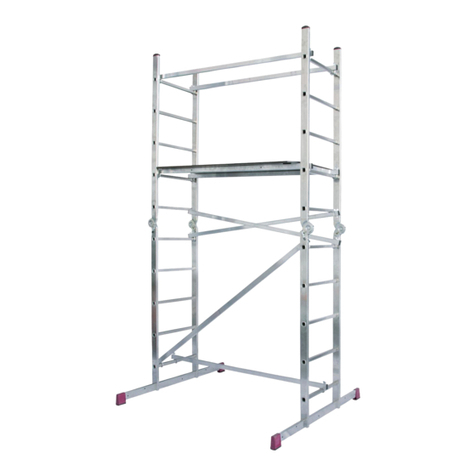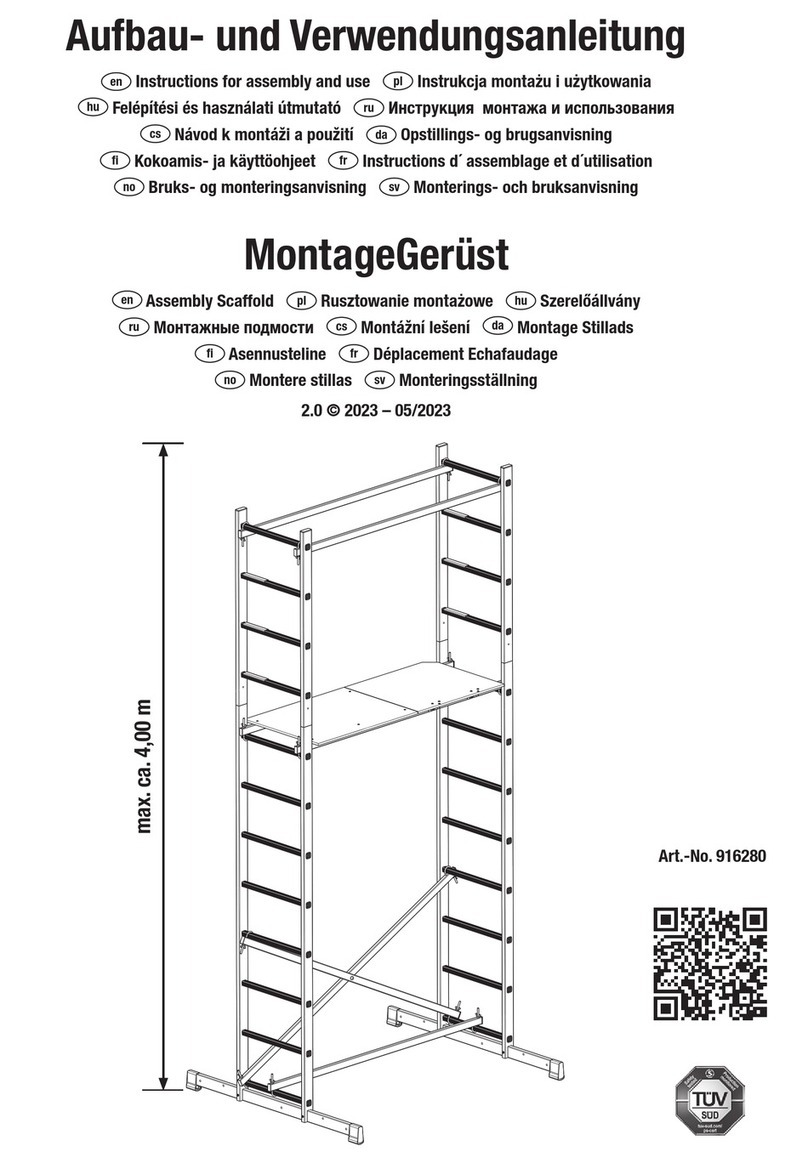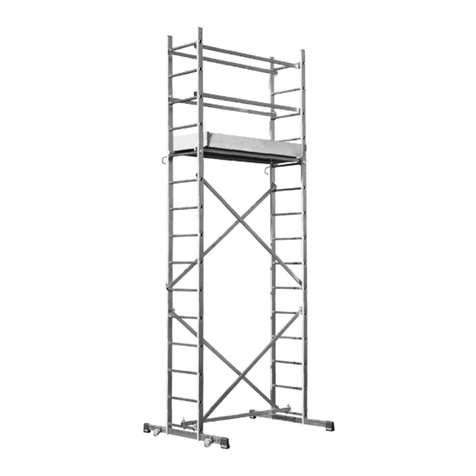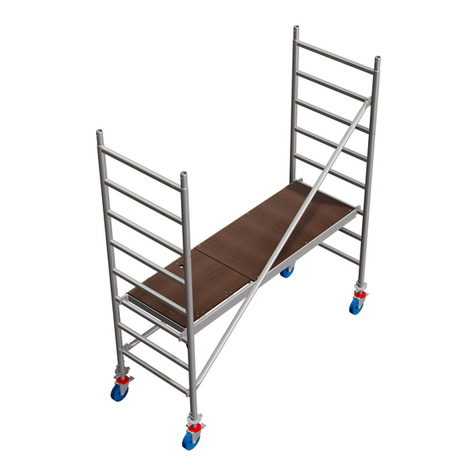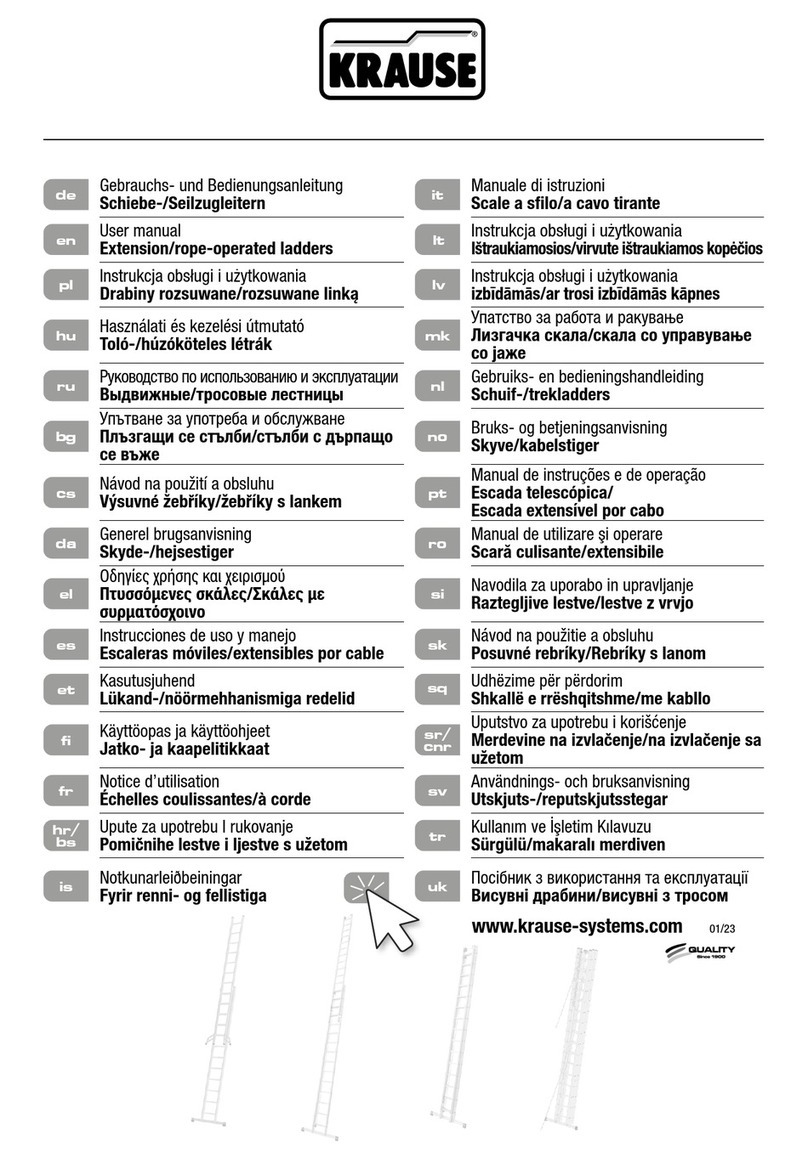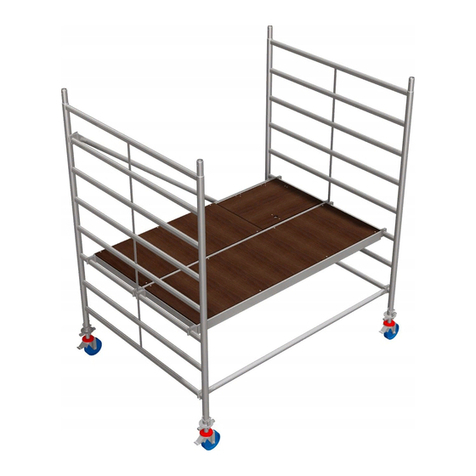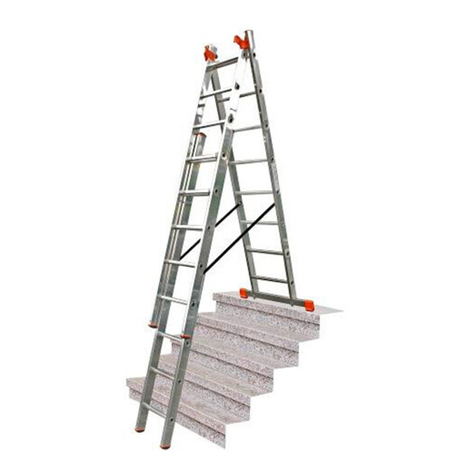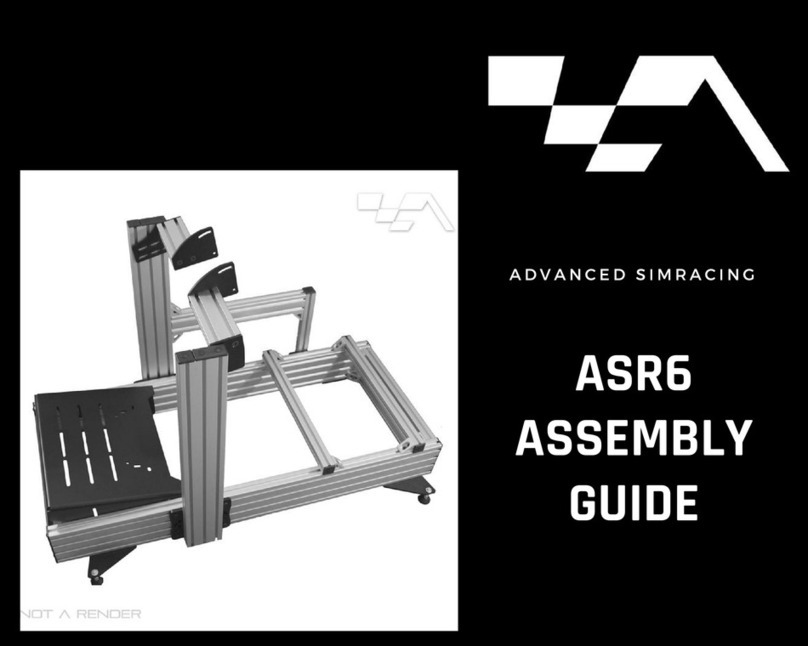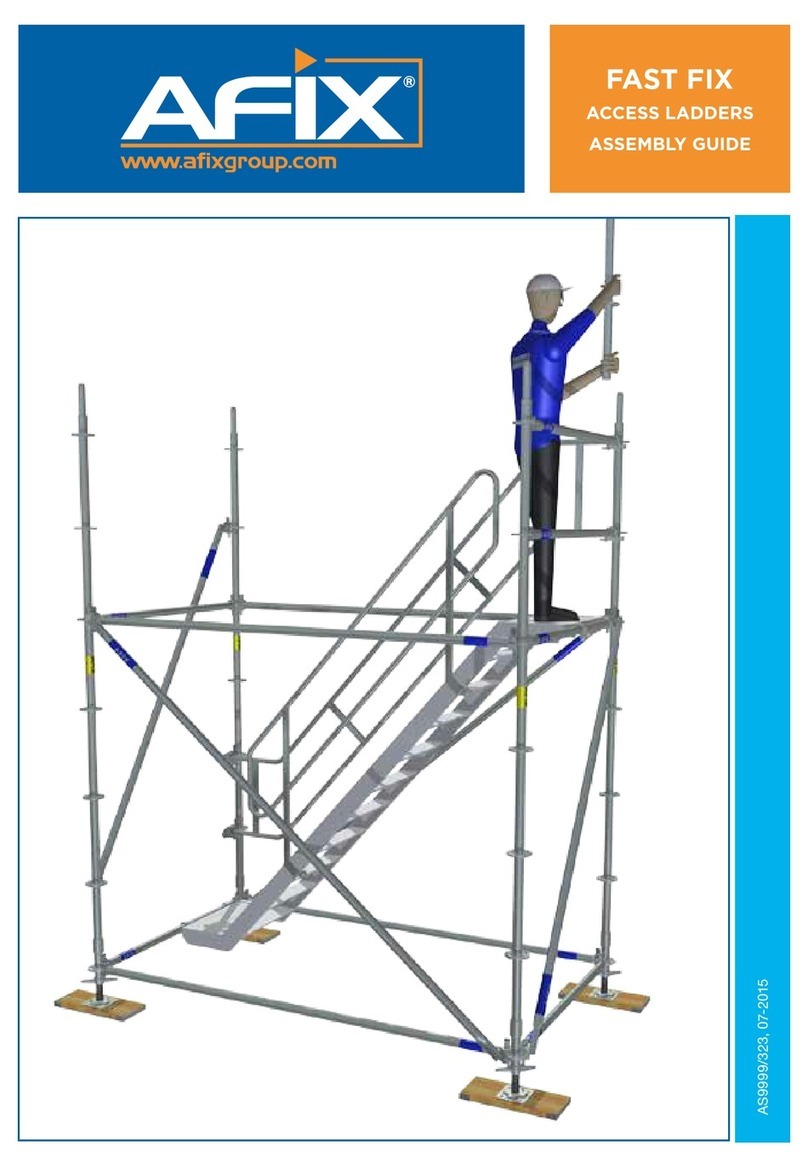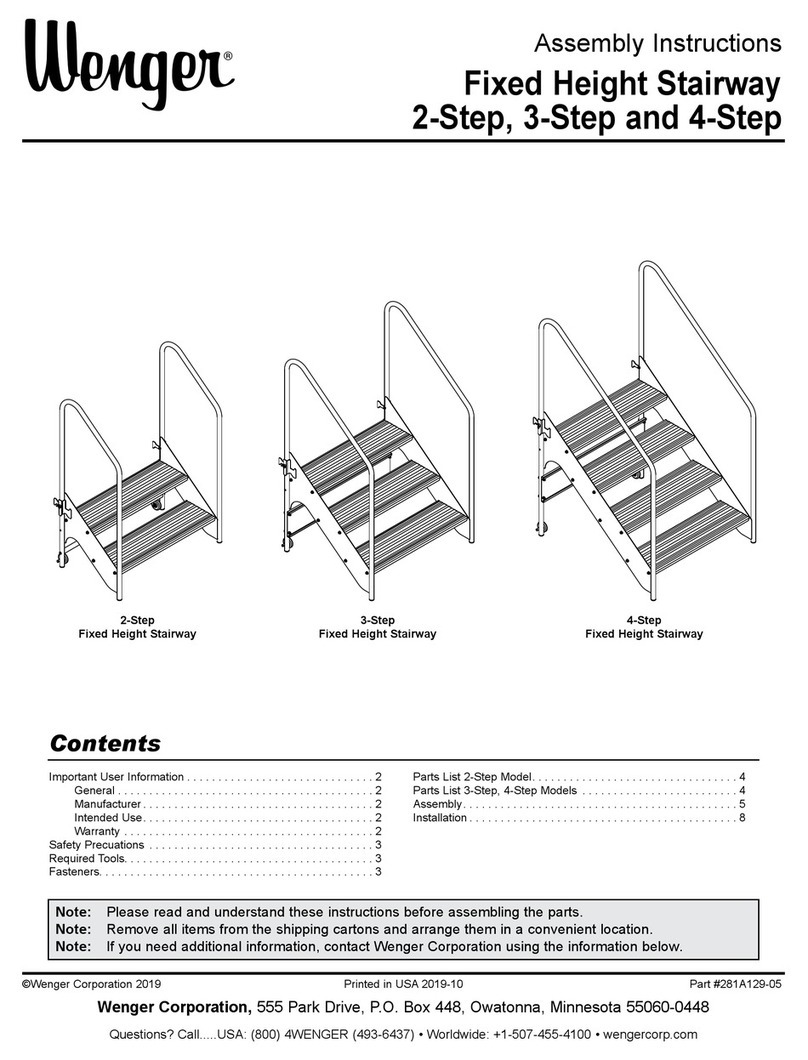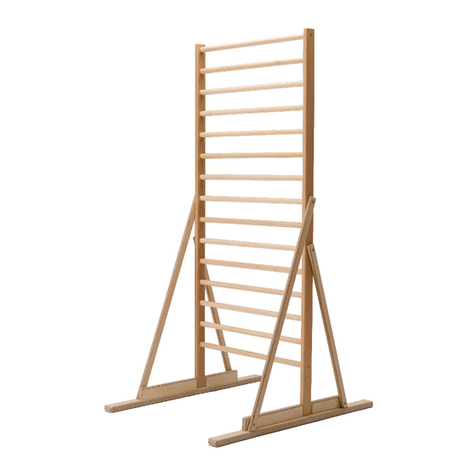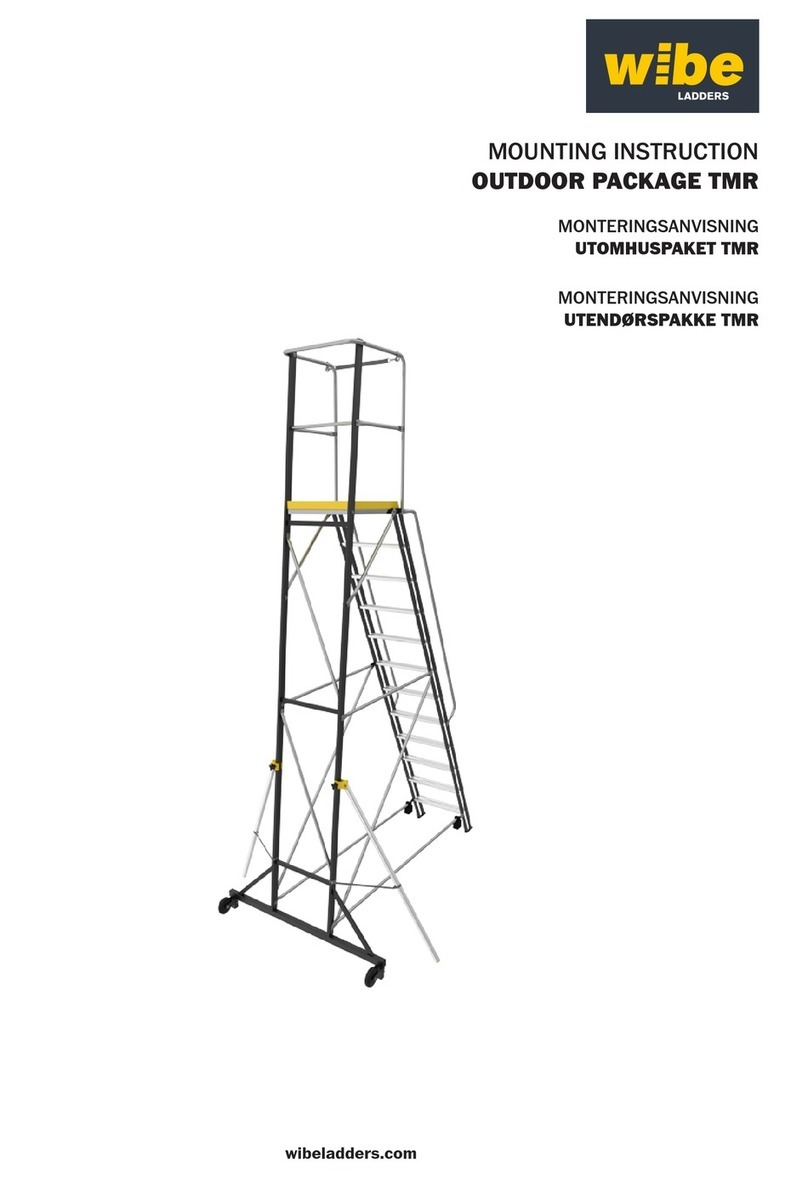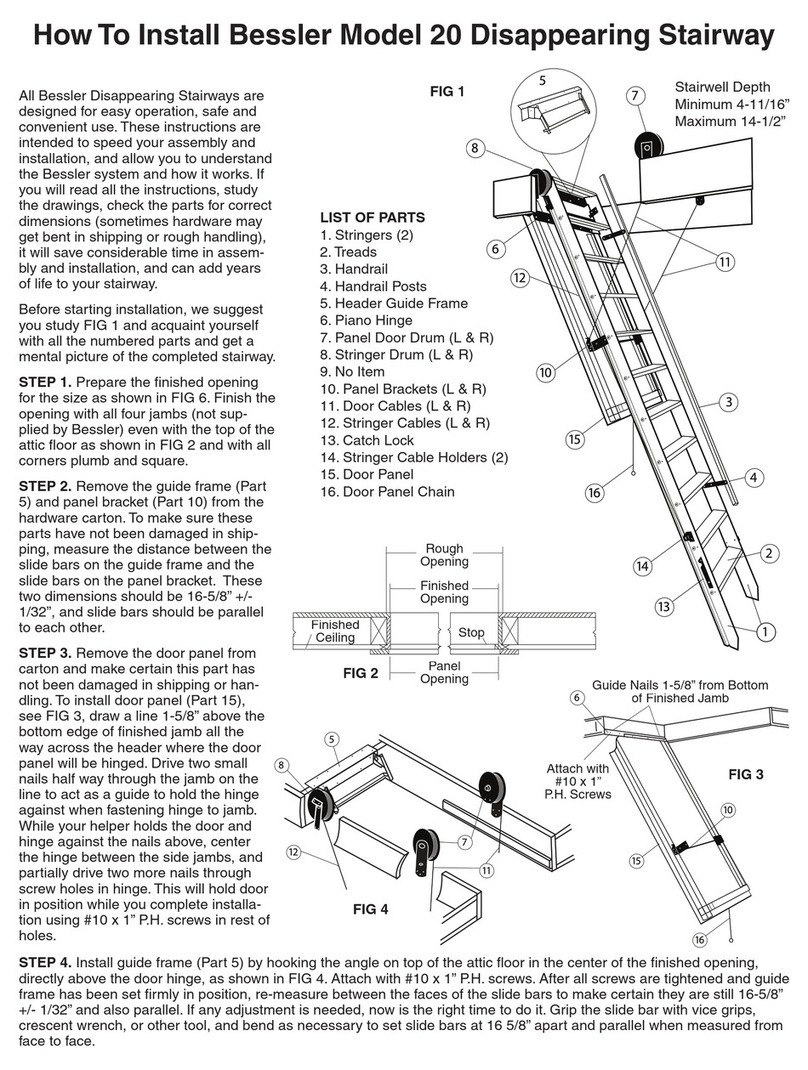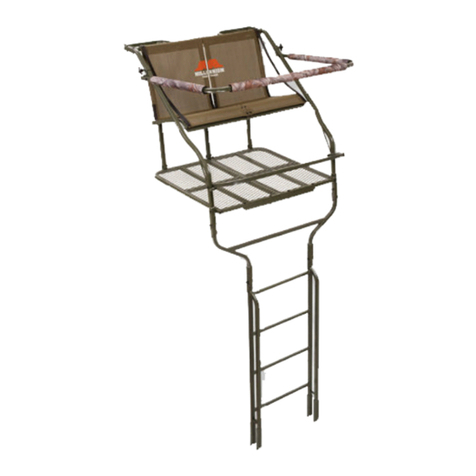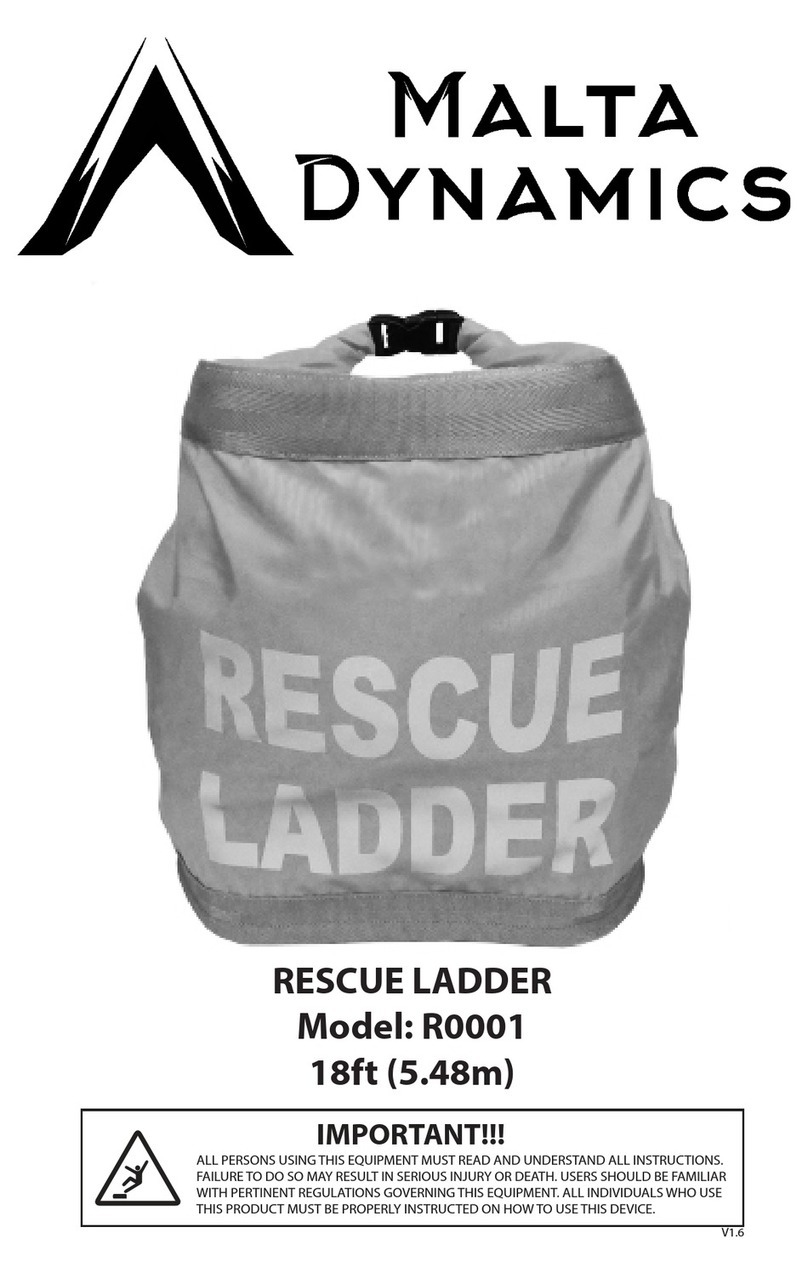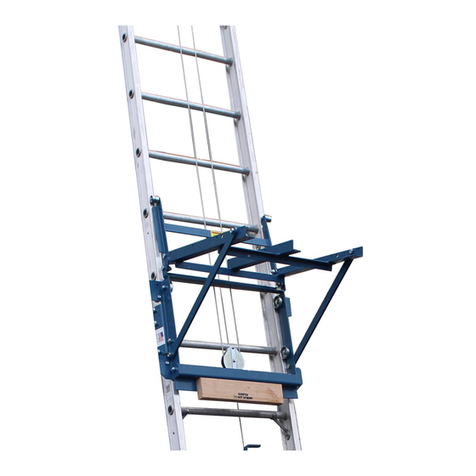
10
4. Budowa / obsługa: Podczas montażu i eksploatacji drabiny należy bezwzględnie przestrzegać wskazówek poda-
nych na produkcie oraz w instrukcji obsługi i użytkowania.
Wskazówki dot. postępowania z drabiną do mycia szyb: Bezpieczne ustawienie i umieszczenie drabiny do mycia
szyb. System blokowania i zabezpieczenia, regulacja i zabezpieczenie górnych części drabiny, rozdzielanie części
drabiny; montaż poprzeczki.
5. Konserwacja / naprawy: Pielęgnacja i konserwacja drabiny zapewnia jej sprawność. Należy regularnie
kontrolować drabinę pod kątem uszkodzeń. Funkcjonalność elementów ruchomych musi być zapewniona. Elemen-
ty ruchome należy regularnie smarować. Naprawy drabiny mogą być wykonywane przez fachowców i zgodnie z
instrukcją producenta. Czyszczenie drabiny, w szczególności elementów ruchomych, należy przy widocznym zanie-
czyszczeniu wykonać natychmiast po użytku. Stosować tylko dostępne w handlu, rozpuszczalne w wodzie środki
czyszczące. Nie używać środków agresywnych i ściernych. W przypadku profesjonalnego użycia drabiny konieczne
są regularne, cykliczne kontrole pod kątem sprawnego stanu drabiny, dokonywane przez fachową osobę (kontrola
wizualna i funkcjonalna). W tym celu należy ustalić rodzaj, zakres i terminy koniecznych kontroli. Okresy czasowe
kontroli są zależne od warunków pracy, w szczególności od częstotliwości użytku, obciążenia podczas pracy oraz
częstotliwości i ciężkości stwierdzonych we wcześniejszych kontrolach braków. Przedsiębiorca musi także zadbać
o to, aby uszkodzone drabiny były wycofane z użytku i przechowywane tak, aby nie było możliwe ich dalsze użytko-
wanie do momentu prawidłowej naprawy lub utylizacji drabiny.
Komponenty drabiny: Punkty kontroli: tak/nie
1. Ogólne punkty kontroli Wszystkie zamocowania (nity, śruby, trzpienie itd.) muszą być kompletne. Czy
zamocowania są ewentualnie poluzowane lub wykazują korozję? Czy na drabi-
nie są widoczne zanieczyszczenia (np. brud, lakier, olej lub smar)?
2. Podłużnice/szczeble
drabiny wzgl. Stopnie/
pałąk bezpieczeństwa
Wszystkie szczeble (stopnie) drabiny muszą być w komplecie. Czy podłużnice,
stopnie drabiny lub pałąk bezpieczeństwa są ew. wygięte, pęknięte lub wyka-
zują korozję? Czy szczeble lub stopnie drabiny ewentualnie są zużyte, poluzo-
wane, skorodowane lub uszkodzone? Czy platforma (o ile jest) lub jej części/
elementy mocujące są uszkodzone, korodowane lub jest ich brak?
3. Sprawdzić prowadnice,
zabezpieczenia i
urządzenia
bezpieczeństwa
Sprawdzić prowadnice, zabezpieczenia i urządzenia bezpieczeństwa pod ką-
tem funkcjonalności i stabilności oraz pod kątem uszkodzeń i korozji. Czy za-
bezpieczenia, urządzenia bezpieczeństwa lub narożniki są ew. uszkodzone,
wykazują korozję lub jest ich brak?
4. Stopki, stabilizator Sprawdzić stopki, stabilizator pod kątem funkcjonalności, stabilności, uszko-
dzeń i korozji. Wszystkie stopki/nasadki na stopki muszą być zamontowane.
Czy stopki są ewentualnie poluzowane, zużyte lub korodują?
5. Oznakowanie drabiny/
instrukcja obsługi Czy wszystkie oznakowania drabiny oraz instrukcja obsługi są umieszczone i
czytelne?
WYNIK Drabina jest w porządku i może być dalej używana.
Drabina może być używana dopiero po wykonaniu naprawy.
Drabina jest uszkodzona i musi zostać usunięta.
6. Magazynowanie: Aby uniknąć wszelkich uszkodzeń należy pewnie zamocować drabinę podczas transportu (np. na
dachu samochodu lub w samochodzie). Przechowywanie drabiny powinno się odbyć w suchym otoczeniu, w pozycji
pionowej, poziomej lub powieszonej za pomocą odpowiedniego zamocowania ściennego. Należy wykluczyć wszelkie
uszkodzenia i chronić wszystkie części przed oddziaływaniami atmosferycznymi. Przechowywać drabinę tak, aby była
chroniona przed bawiącymi się dziećmi i nie stanowiła przeszkody dla innych osób (niebezpieczeństwo potknięcia). Po-
nadto należy ją przechowywać tak, aby nie mogła być wykorzystana do celów kryminalnych lub ukradziona.
7. Opakowanie / utylizacja: Opakowanie należy utylizować według obowiązujących przepisów prawnych. Po upły-
wie zdolności użytkowej należy utylizować drabinę zgodnie z obowiązującymi przepisami prawnymi. Aluminium
stanowi wartościowy materiał i powinno być doprowadzone do recyklingu. Szczegółowych informacji na ten temat
udzielają właściwe organy komunalne.
